Restorative
There are four different choices that you have when it comes to filling a cavity.
1. Composite Fillings - Natural tooth colored filling, bonds to the tooth to provide added security.
2. Silver Fillings - Inexpensive and strong amalgam based filling.
3. Gold Fillings - More attractive than silver and provide for a better fit.
4. Porcelain Fillings - Also called inlays; the most attractive and durable of the tooth colored choices.
In order to make a filling appear almost invisible to the naked eye, composite fillings are often used. These fillings are designed to match your natural tooth color and are bonded to your teeth, which makes them less likely to fall out. These fillings are used to replace older fillings made of silver or gold. Tooth colored fillings have a more aesthetic appearance, can be completed in one visit, form a strong seal and are less likely to crack a tooth.
Dr. Jory is a cosmetic dentist in Stockton. Dr. Jory offers proven technology that allows you to replace old silver and gold fillings with a more natural looking, composite filling. Composite fillings are bonded to the tooth and research has proven them to be about 90% as strong and healthy as natural tooth material.
Other Benefits:
- Beautiful in appearance
- Completed in a single visit
- No filling leaks
- Less chance of tooth cracking
You can think of a dental inlay or onlay as being midway between a filling and a crown. Inlays or onlays are used when not enough tooth structure remains to support a filling, but the tooth is not so severely damaged that it needs a crown.
An inlay is similar to a filling, but it lies within the cusps (bumps) on the chewing surface of your tooth. An onlay is more extensive than an inlay and covers one or more cusps.
Inlays or onlays can be made of gold, composite resin (plastic) or ceramics. They can last for decades. However, how long they last depends on the material used, the teeth involved, the forces of chewing and how well the patient maintains them with good oral hygiene and regular visits to a dentist.
A crown is sometimes termed a "cap" or "jacket." A crown will restore a large filling or a cracked tooth to its original size, shape and tooth color. A crown may be recommended after root canal therapy has been completed, as the tooth tends to become brittle and is more likely to fracture. A crown can strengthen and protect the remaining tooth structure and improves the appearance of your teeth. With the advances in technology, we now have the ability to make ceramic crowns with no metal.
To place a crown, your dentist must reduce 1-2 mm of the tooth to make room for it. Your dentist will then use a piece of thread or cord or use a laser to push the gum down around the tooth, to take an impression of the tooth. The impressions are sent to the lab where the crown is made. During that time, you will have a temporary crown. These crowns are usually made of plastic and are made in your dentist's office on the day of your visit. They are not meant to last. If a temporary crown is left in the mouth, the cement eventually washes out, and the tooth can decay. At a second visit, your dentist will remove the temporary crown and test the permanent one. Sometimes crowns need additional polishing, glaze or some other adjustment before they are placed. Once the crown is ready, it's cemented to your tooth.
If your smile is in need of a makeover, crowns can provide predictable results. Crowns can give an unattractive tooth back its beautiful shape and color. For smaller or worn down teeth, a crown can restore the natural size of the old tooth. A crown can replace either part of or the tooth's entire structure. For procedures requiring only the areas visible from the outside, a veneer may be an alternative option.
Dr. Jory, your Stockton crown dentist will explain your crown options and answer your questions. There are three basic types of crowns:
1) Porcelain outer surface with a metal base crown.
2) Pure porcelain or composite crown.
3) All metal crown, which is usually gold. They all differ in durability, strength, appearance and cost. Select a crown below to learn more about it.
This is most common type of crown and has a proven track record. PFM crowns are fairly aesthetic and they look like real teeth. However, the margins or borders may appear dark because PFM crowns have a metal substructure with layers of porcelain fired over the substructure. Porcelain is very hard, much harder than natural enamel and may cause excessive wear of the enamel of opposing teeth. Porcelain may break with extreme biting forces.
These are very esthetic, bonded crowns. They are mostly used for front teeth because they are the most natural looking type of crown and are often used in 'cosmetic' dentistry. There are many types, but they all have a common feature - no metal. They can occasionally break, but dental technology has advanced far enough to make them quite strong.
The 'gold' standard. Dental gold is about 60% gold alloy which is meant to match the hardness of the enamel of opposing teeth so both wear about evenly, an important trait.Gold does not tarnish or corrode and has some bacterial inhibiting quality. Gold crowns are strong and will not break. However, gold crowns obviously are not considered esthetic; they are gold colored. So usually gold crowns are used for lower back molars because they don't show there.
An alternative to an implant is a fixed bridge. With this option it is necessary to grind down the teeth adjacent to the space in order to have caps fit onto the ground down teeth. The caps hold a fake replacement tooth in the middle. With this approach, the ground down teeth are more subject to dental decay and root canals. Furthermore, the teeth are connected together making daily hygiene more challenging. Unlike an implant, the bridge offers no additional biting support.
The most conservative approach when attempting to replace a missing tooth is a bonded bridge. It is also often referred to as a Marilyn Bridge. An impression of the area is taken and a new tooth referred to as a pontic is formed. Attached to the pontic on either side are abutments or “wings†that will support the pontic. The most common type of Marilyn Bridge uses abutments that are cemented on the backside of the adjoining teeth and hold the pontic in place where the missing tooth used to be. The adjacent teeth may need to be slightly modified to accept the “wings†of the pontic. The advantage of this type of procedure is that you are not having to put full coverage crowns on the adjoining teeth.

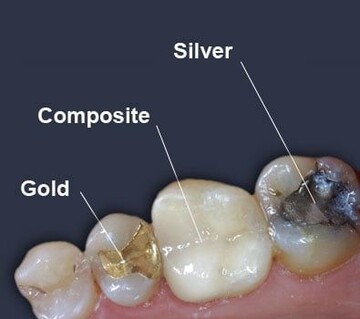
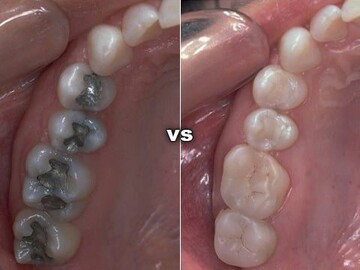
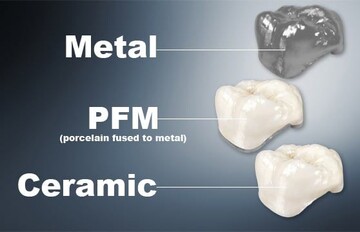
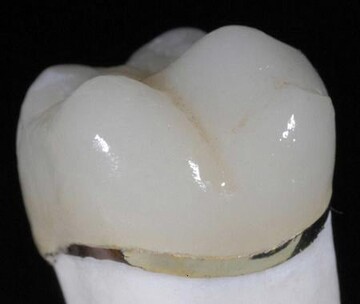
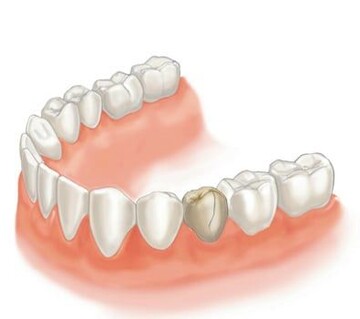
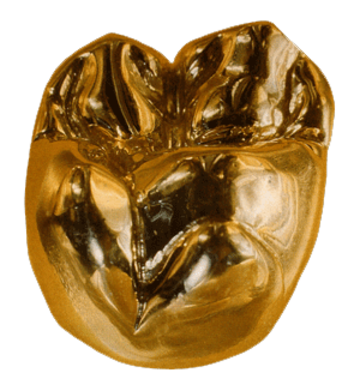
 Request an Appointment
Request an Appointment
